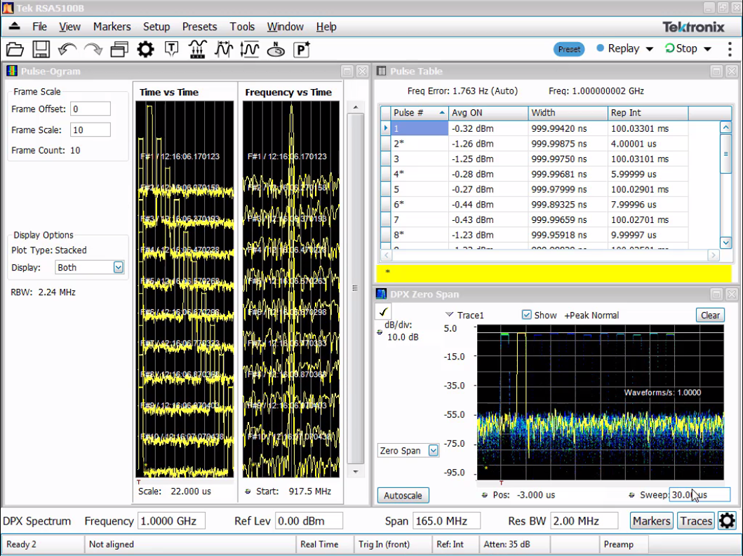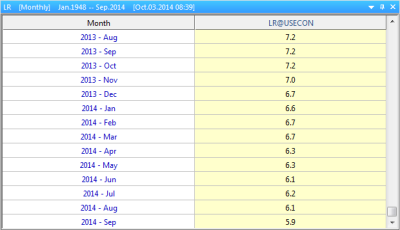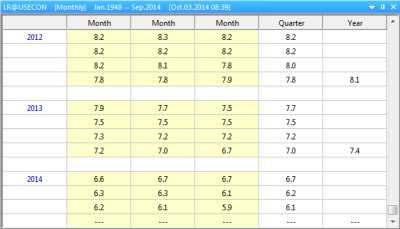

When a relative frequency is determined based upon a row or column, it is called a "conditional" relative frequency. To avoid such problems when comparing the categorical variables in a two-way frequency table, we need to exam the table by separate categories (rows or columns). There were three times more women responding to this survey, which presents misleading results when based upon the entire population. There were only 60 men responding, while there were 180 women. The misleading information is that the frequency table and the relative frequency table shown above do not take into consideration how many women, and how many men, responded to this survey. While this may be possible, it is not the real situation regarding this survey data. It is certainly possible that women may love sporty cars just as much, or more, than men. So what's up with more women, than men, choosing a sports car? Not really! Read on to discover why this can still be misleading information even when interpreted as a percentage. Under the Sports Car column, are we again seeing more women choosing a sports car than men (19% of the women and 16% of the men) ? Note that the lower right corner cell (the total of all the counts) is not labeled as a marginal frequency. The cells which contain the sum (the orange "Totals" cells) of the initial counts by row and by column are called marginal frequencies. Entries in the body of the table (the blue cells where the initial counts appear) are called joint frequencies. Let's take a look at the vocabulary used to identify cell locations in two-way frequency tables. This value (240) is also the sum of all of the counts from the interior cells.Ī survey asked, "If you could have a new vehicle, would you want a sport utility vehicle or a sports car? Note: the "sum of the row totals" equals the "sum of the column totals" (the 240 seen in the lower right corner). The "totals" of each row appear at the right, and the "totals" of each column appear at the bottom.

The categories are labeled at the top and the left side of the table, with the frequency (count) information appearing in the four (or more) interior cells of the table. This allows the tables to become more versatile and display more useful information.Two-way frequency tables are a visual representation of the possible relationships between two sets of categorical data.

With data aggregation from using a BI tool, you would be able to see the average salary for each gender, the total salary for each gender, and even the total number of employees by gender. For example, without a BI tool you could have a simple table with columns called “NAME,” “GENDER,” and “SALARY,” but you would only be able to see the individual genders and salaries for each person. In this case, data can be aggregated to show average, sum, count, max, or min, then displayed in a table with correlating variables. Tables can become more intricate and detailed when BI tools get involved. For example, if a table has a column called “NAME” and a column called “GENDER,” then each of the rows would contain the name of a person and their gender. In this type of table, there are multiple columns, and each row correlates to one data entry. However, it is helpful when looking at specific data entries. This can be done without any BI tools, and often does not reveal much information. The most basic form of a table is one that just displays all the rows of a data set. Data can be summarized in a tabular format in various ways for different use cases.


 0 kommentar(er)
0 kommentar(er)
